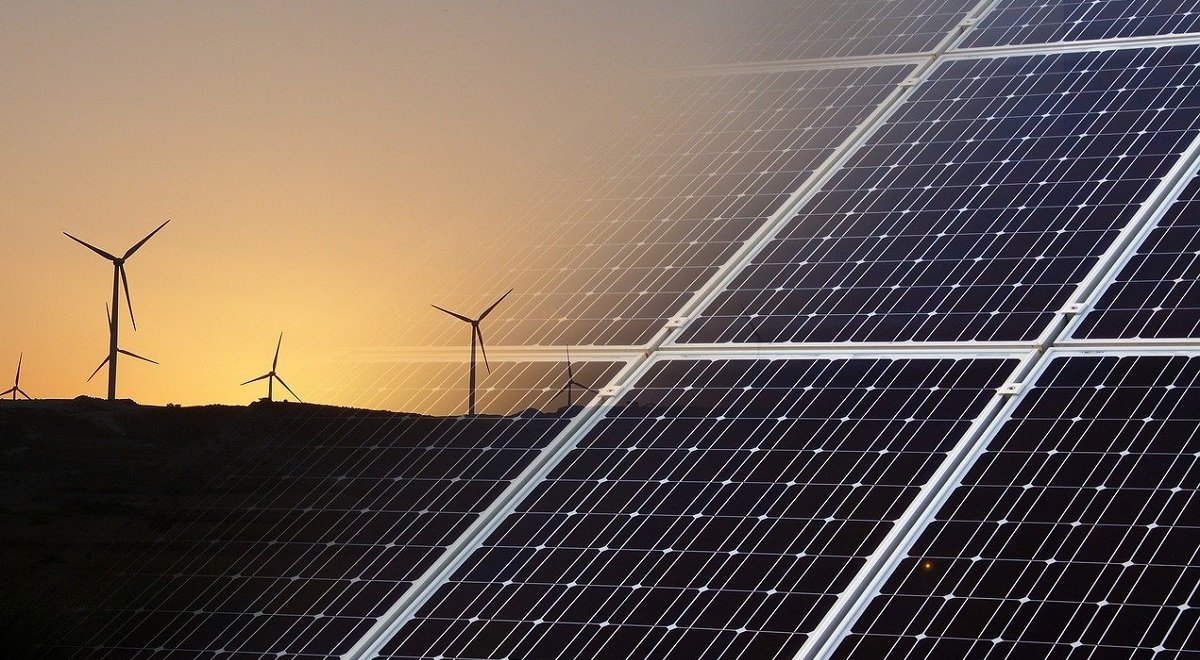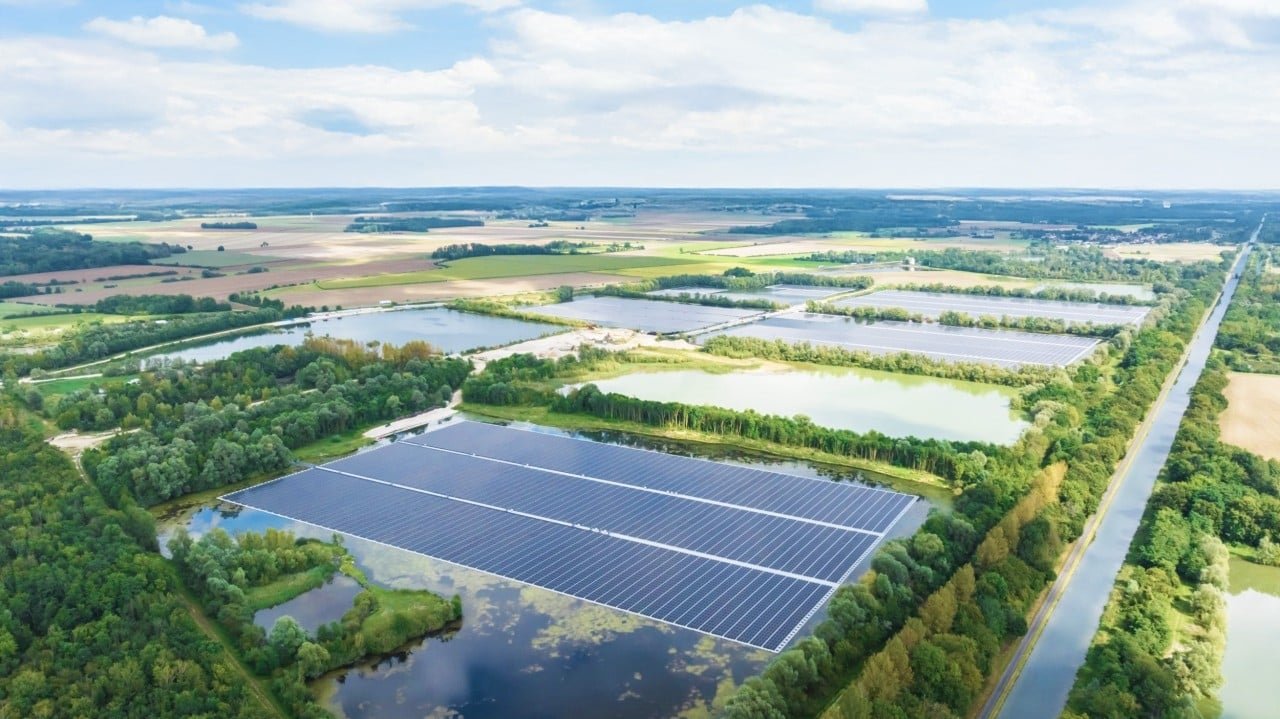Poland emerged as one of the leading producers of solar energy in the European Union last year, with investments in photovoltaic (PV) capacity surpassing PLN 12 billion (USD 3 billion), according to a report from the Institute of Renewable Energy in Warsaw. The report, titled ‘The Photovoltaic Market in Poland 2025,’ indicates that Poland secured the fifth spot in the EU for new solar capacity added in 2024 and maintained its position as the sixth largest for total cumulative installed capacity.
As of the end of 2024, Poland’s total installed PV capacity reached 21.2 gigawatts (GW) and increased to 22 GW by the first quarter of 2025. The country’s solar capacity grew by 4.1 GW in 2024, matching the growth rate seen in 2022, yet falling short of the record 4.6 GW added in 2023. The composition of Poland’s PV sector is evolving. By the end of Q1 2025, micro-installations (under 50 kilowatts) represented 60% of the market, a decrease of 4%. In contrast, the share of small installations (50-1000 kW) dropped to 21.9%, while large-scale solar farms (over 1 megawatt) expanded their market share from 11% to 20%, adding 2.4 GW of solar farm capacity in 2024.
Photovoltaic energy accounted for 38.5% of electricity generated from renewable sources in Poland, contributing 10.6% to the country’s overall electricity consumption and 2.2% to total national energy use by the end of 2024. Solar energy comprised 9% of all electricity fed into the national grid, slightly above the EU average, but behind countries like Germany, where solar energy contributes 13.7% of the grid.
When combined with wind energy, weather-dependent renewables comprised 23.5% of Poland’s electricity generation, while all renewable sources collectively represented 28.5% of total electricity production.
Despite this growth, the solar sector faces challenges. The transmission system operator began curtailing solar output in June 2025, estimating a reduction of 600 gigawatt-hours (GWh), primarily from large-scale solar farms. Analysts express concern that the increasing frequency of restrictions, alongside declining electricity prices, is hindering new investments and could threaten Poland’s clean energy targets.
To mitigate these issues, the report recommends enhancing integration between solar and heating sectors, introducing dynamic electricity tariffs, and revising the structure of distribution fees. Additionally, the authors advocate for a broader transformation of Poland’s energy market to stimulate the use of low-cost solar power.




